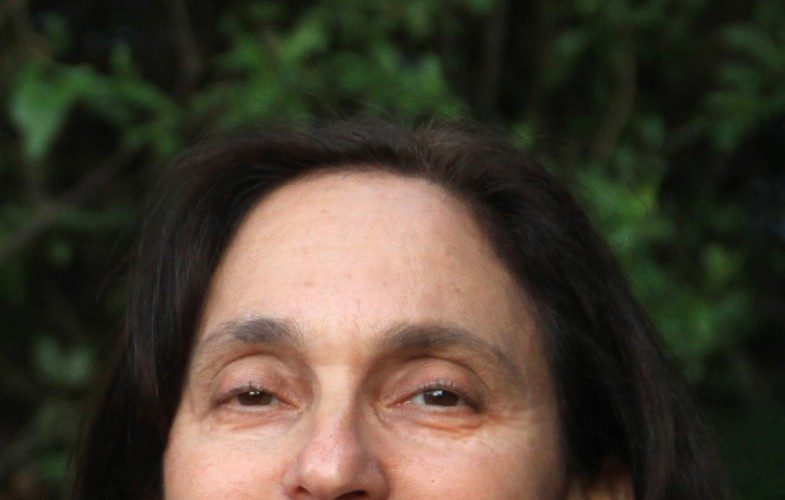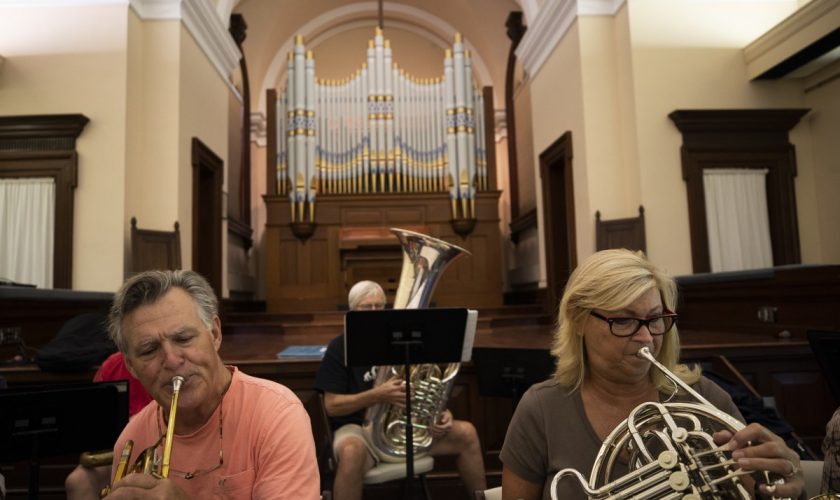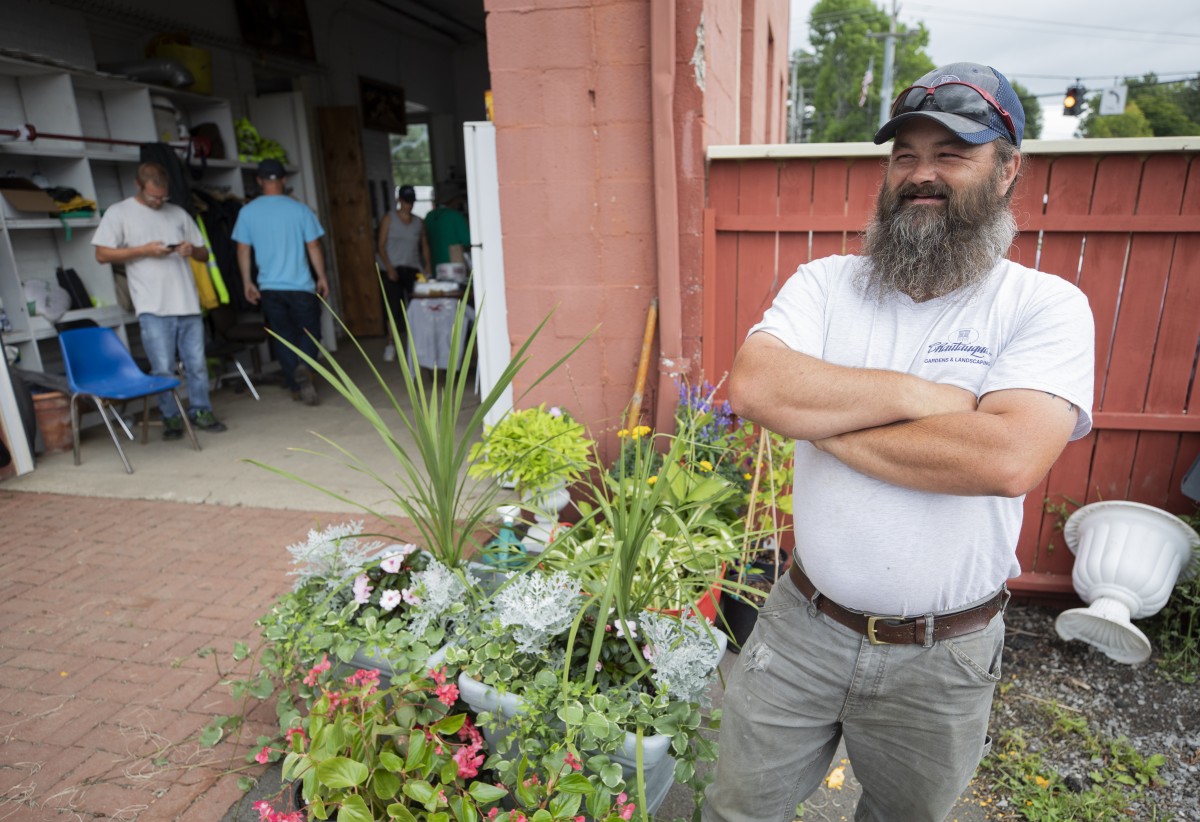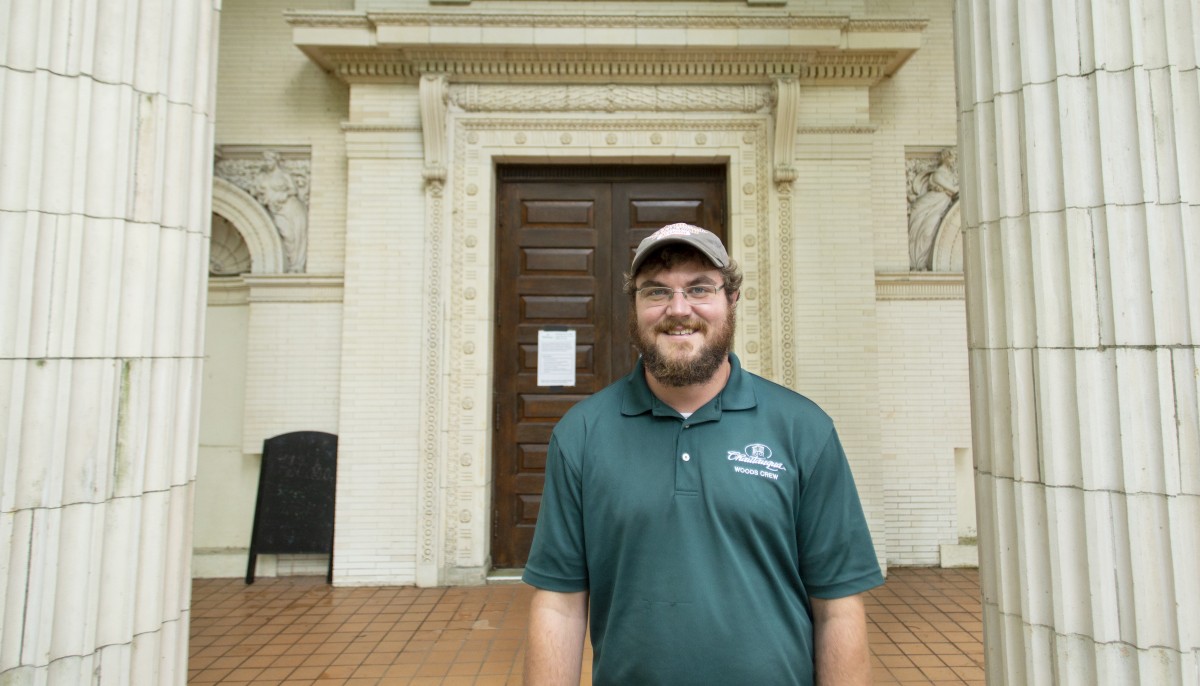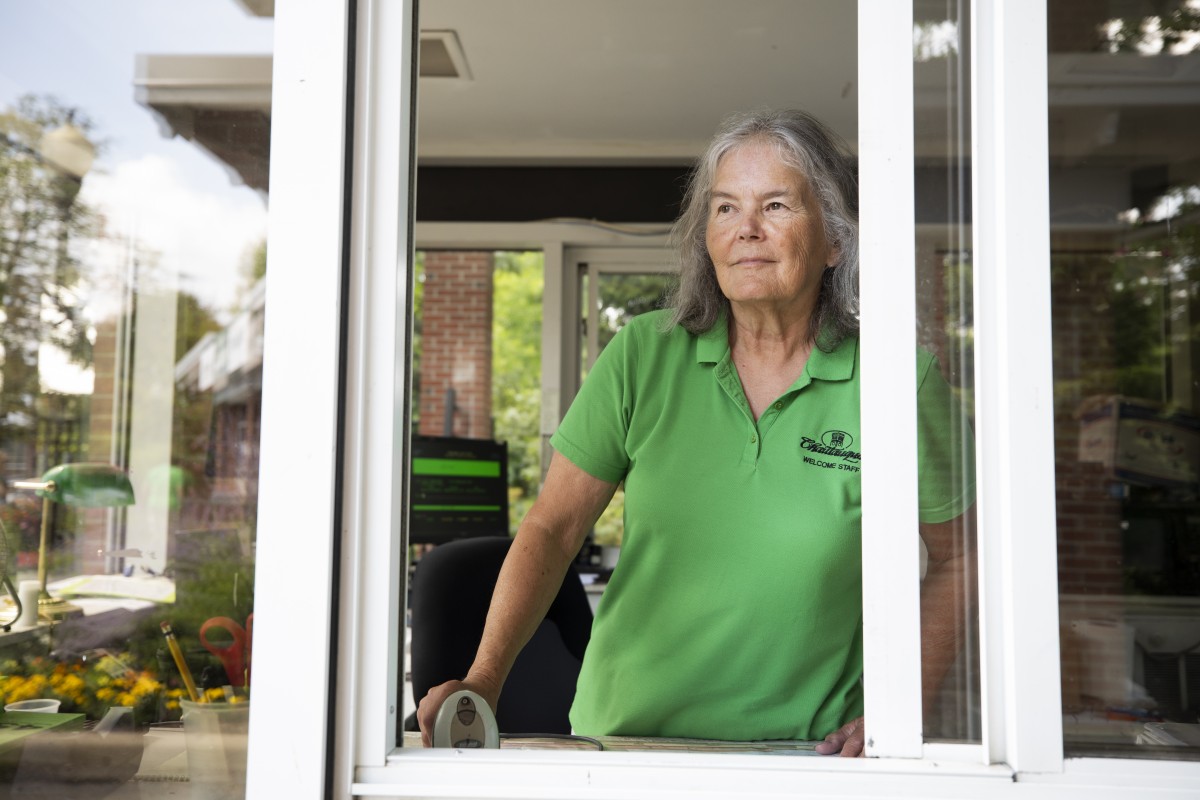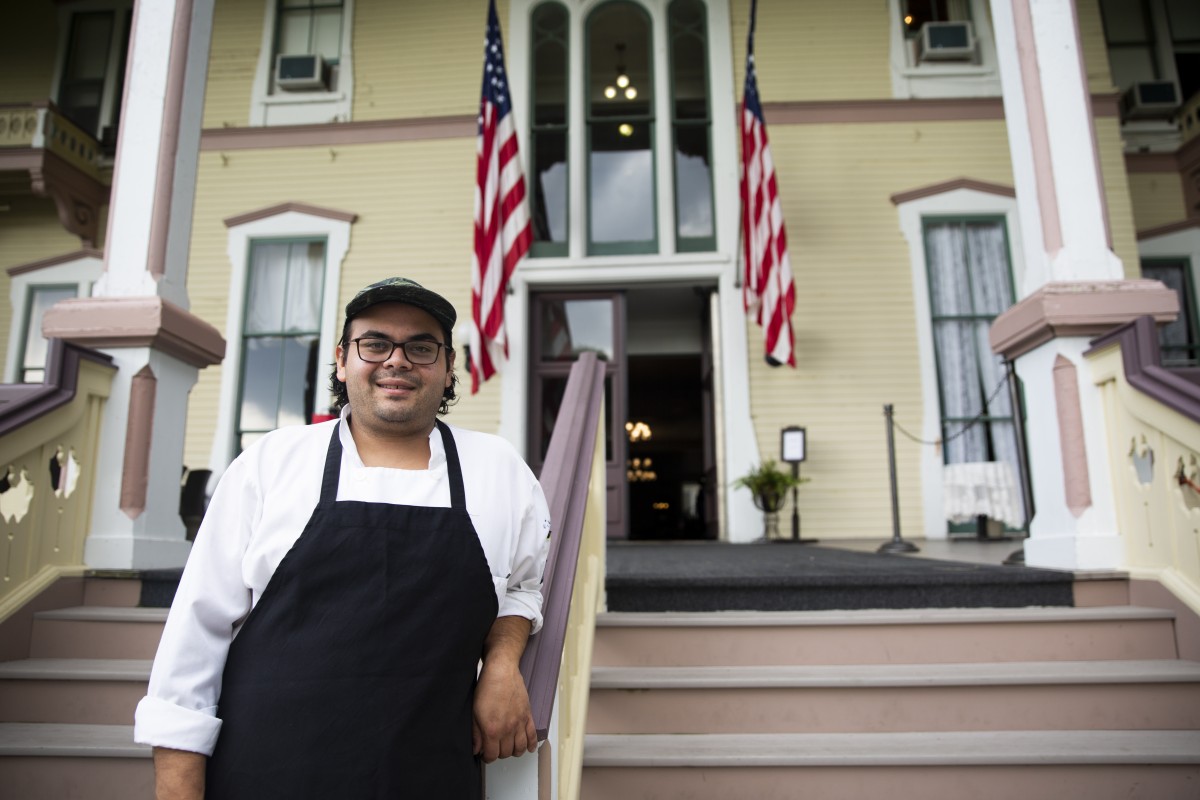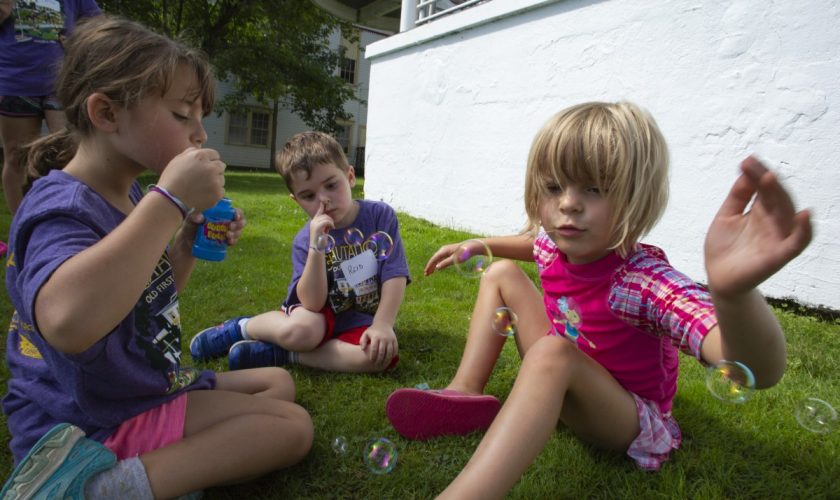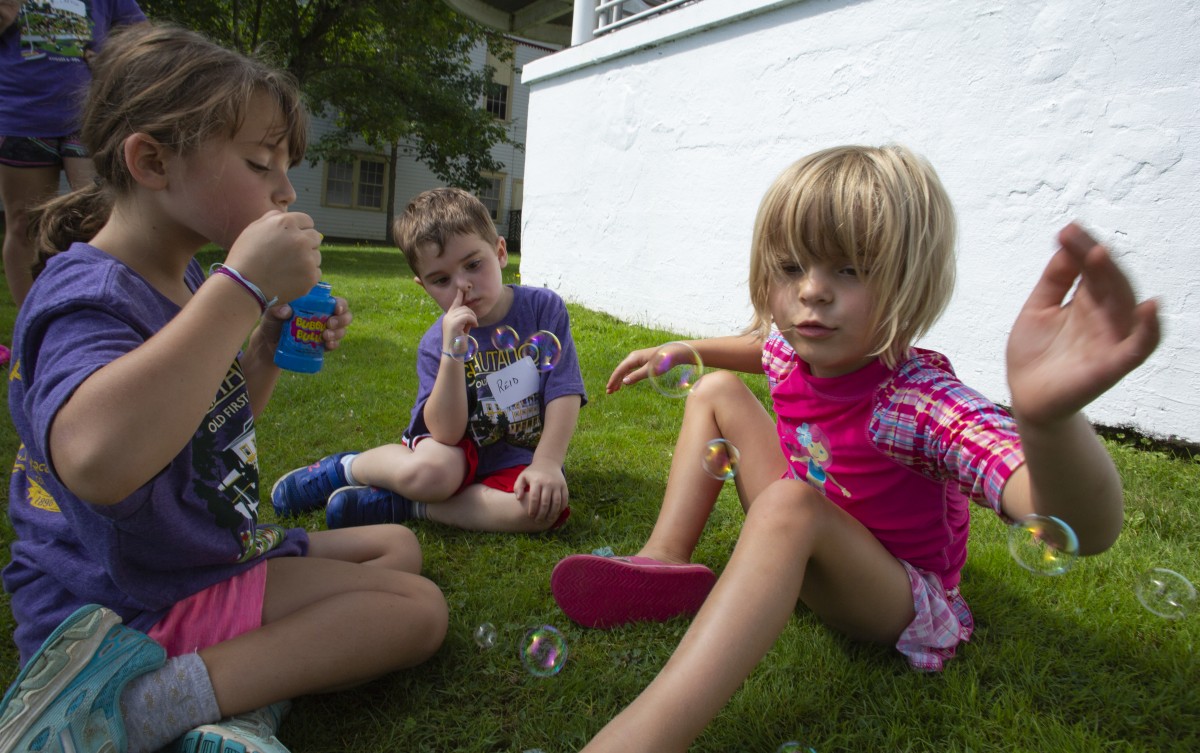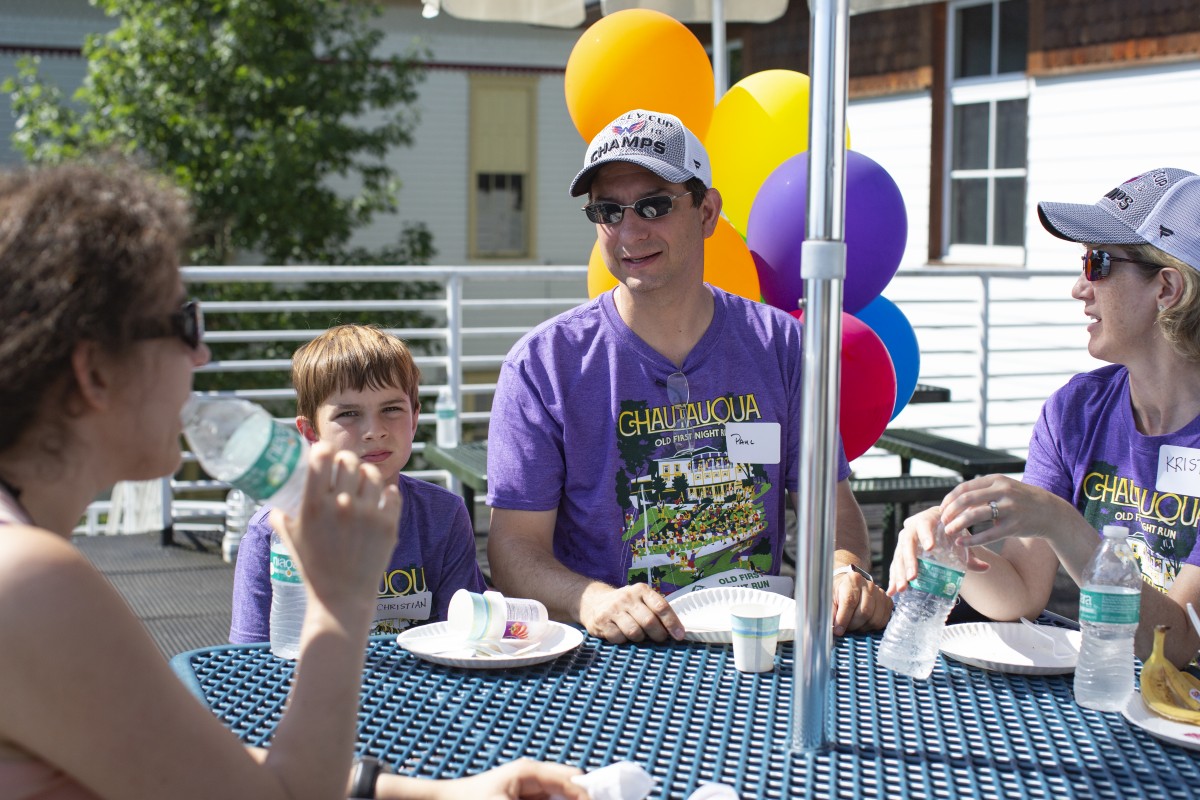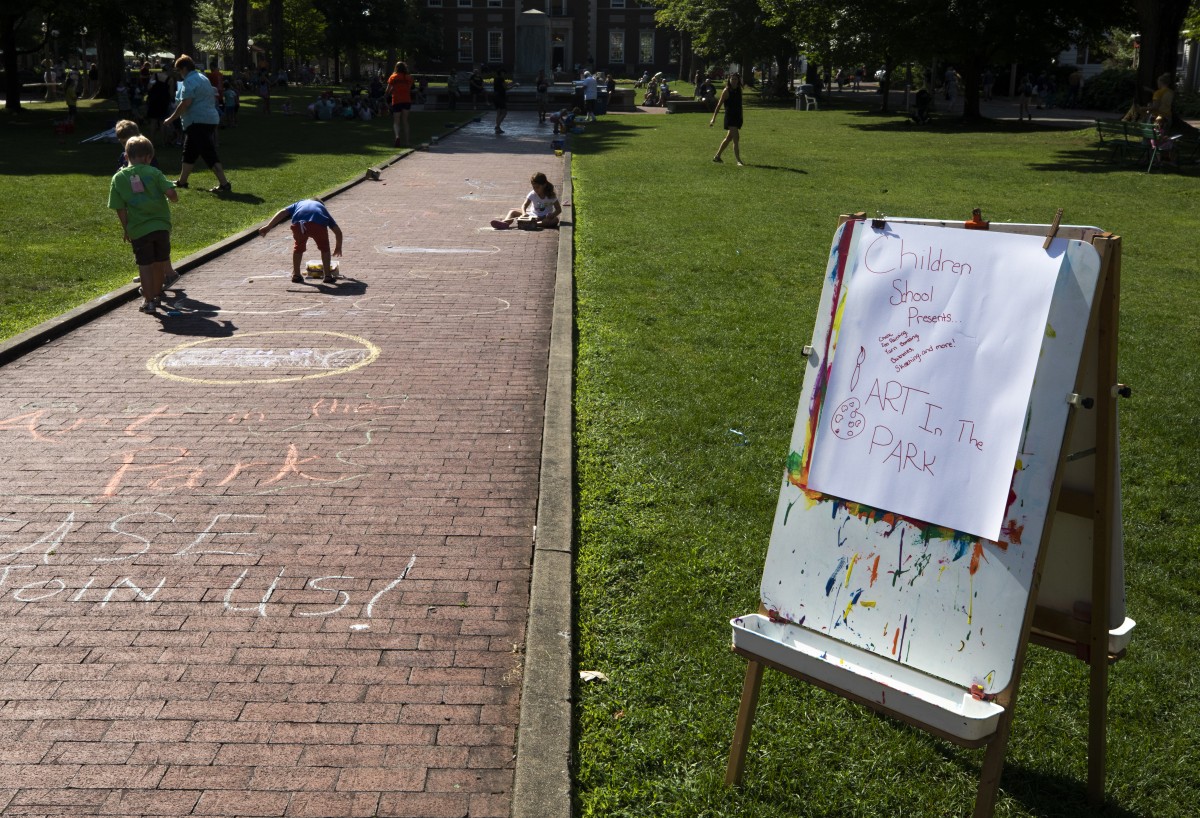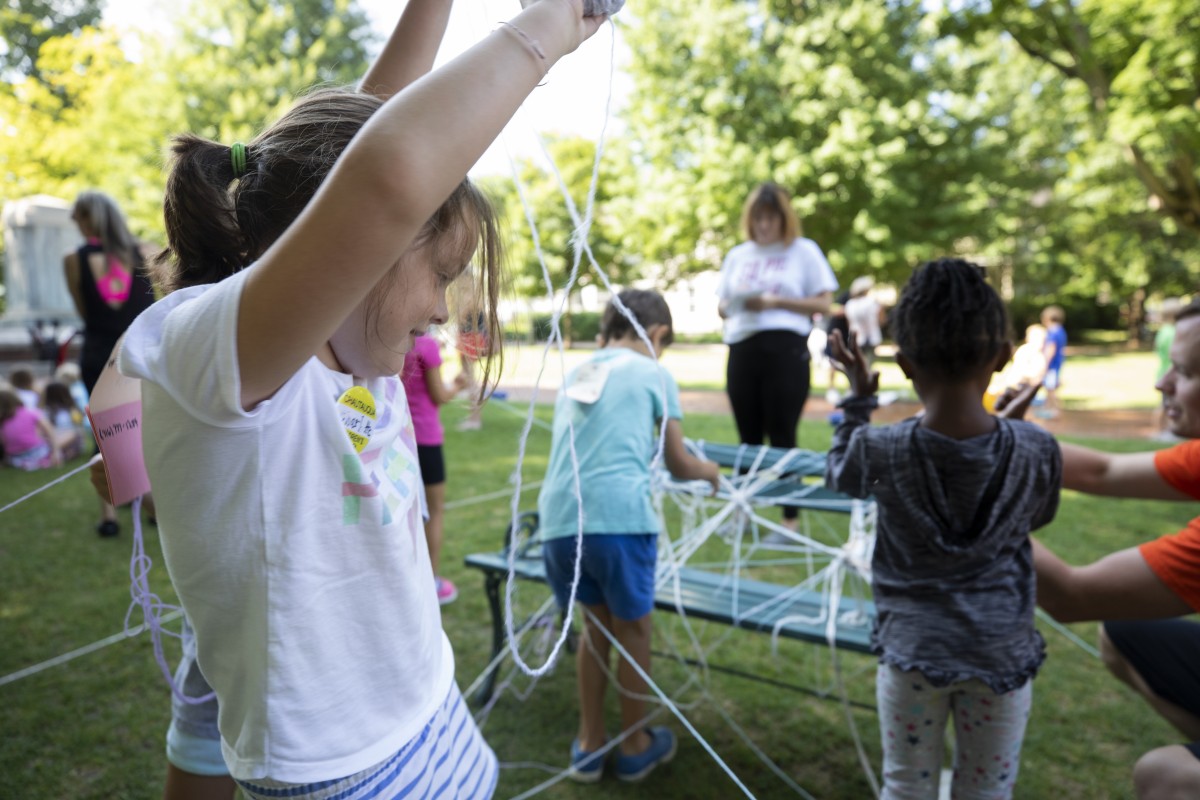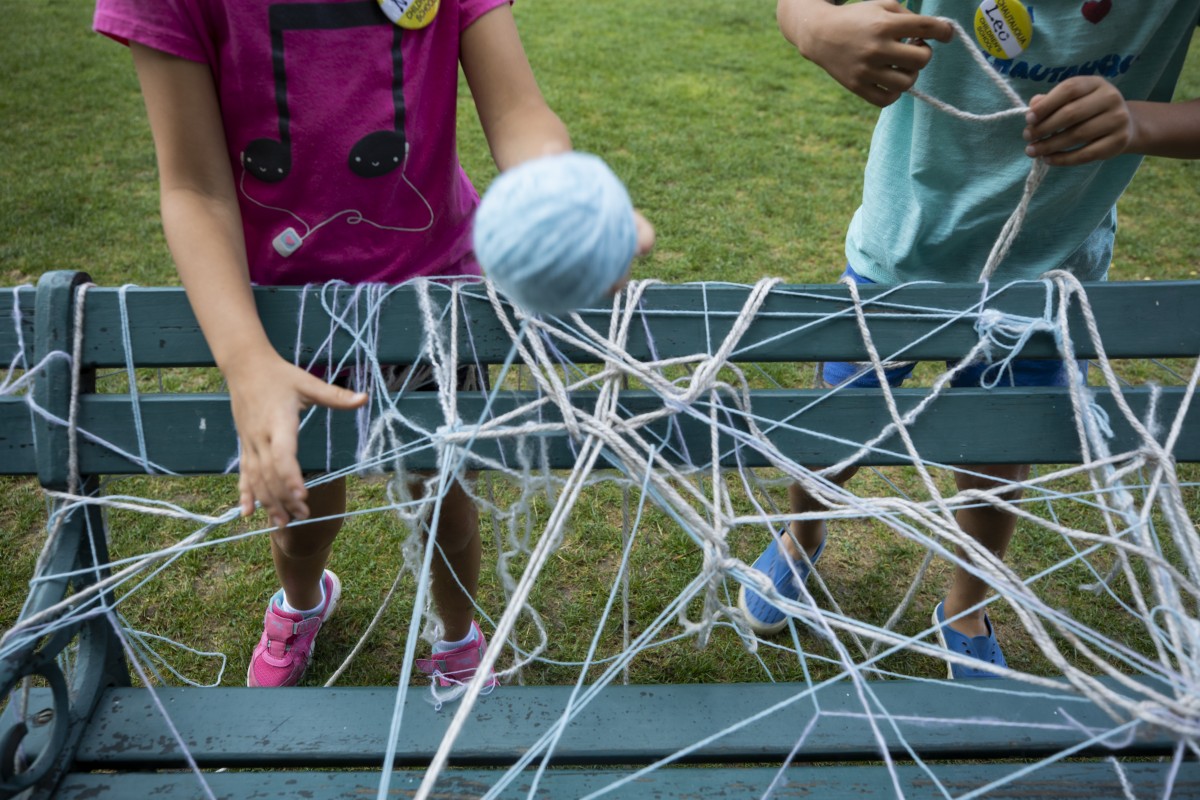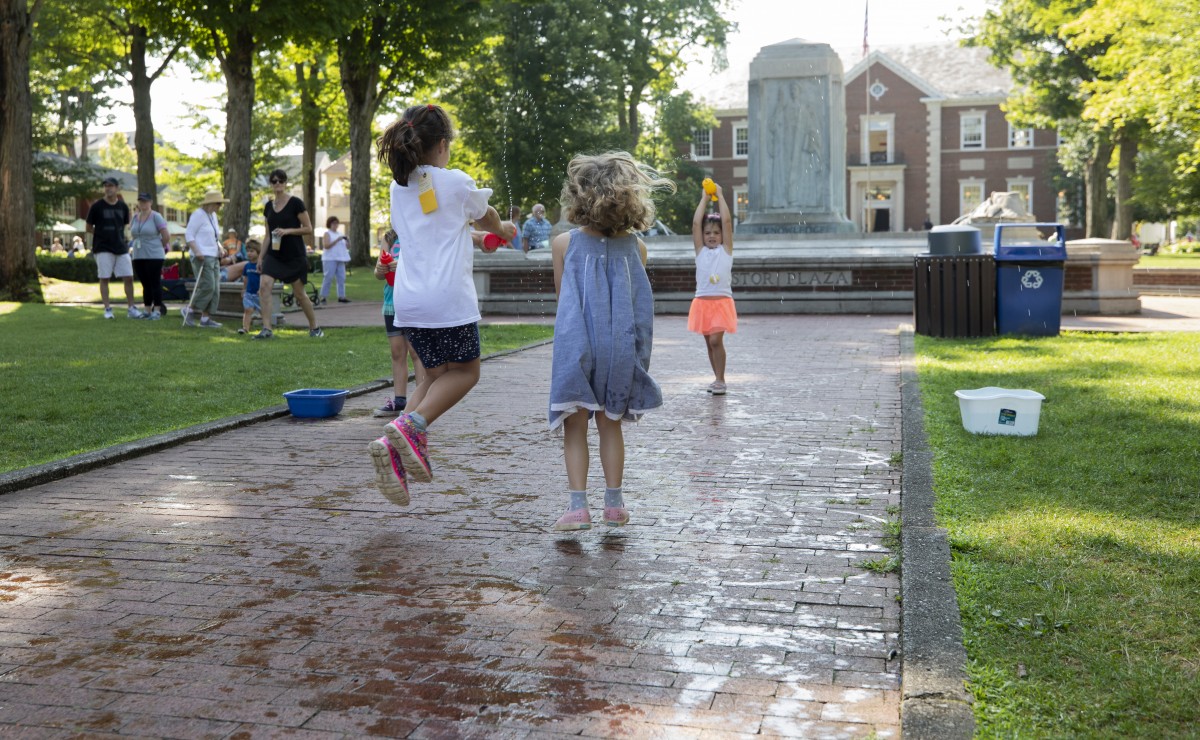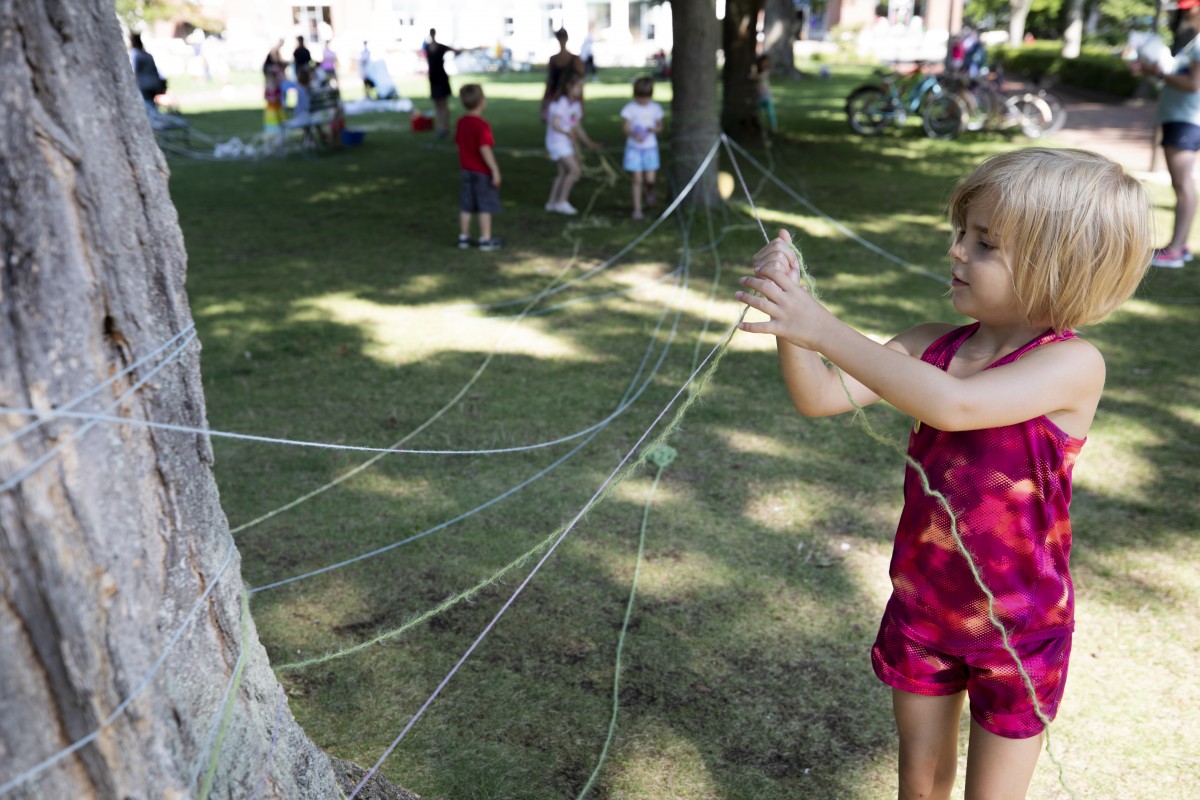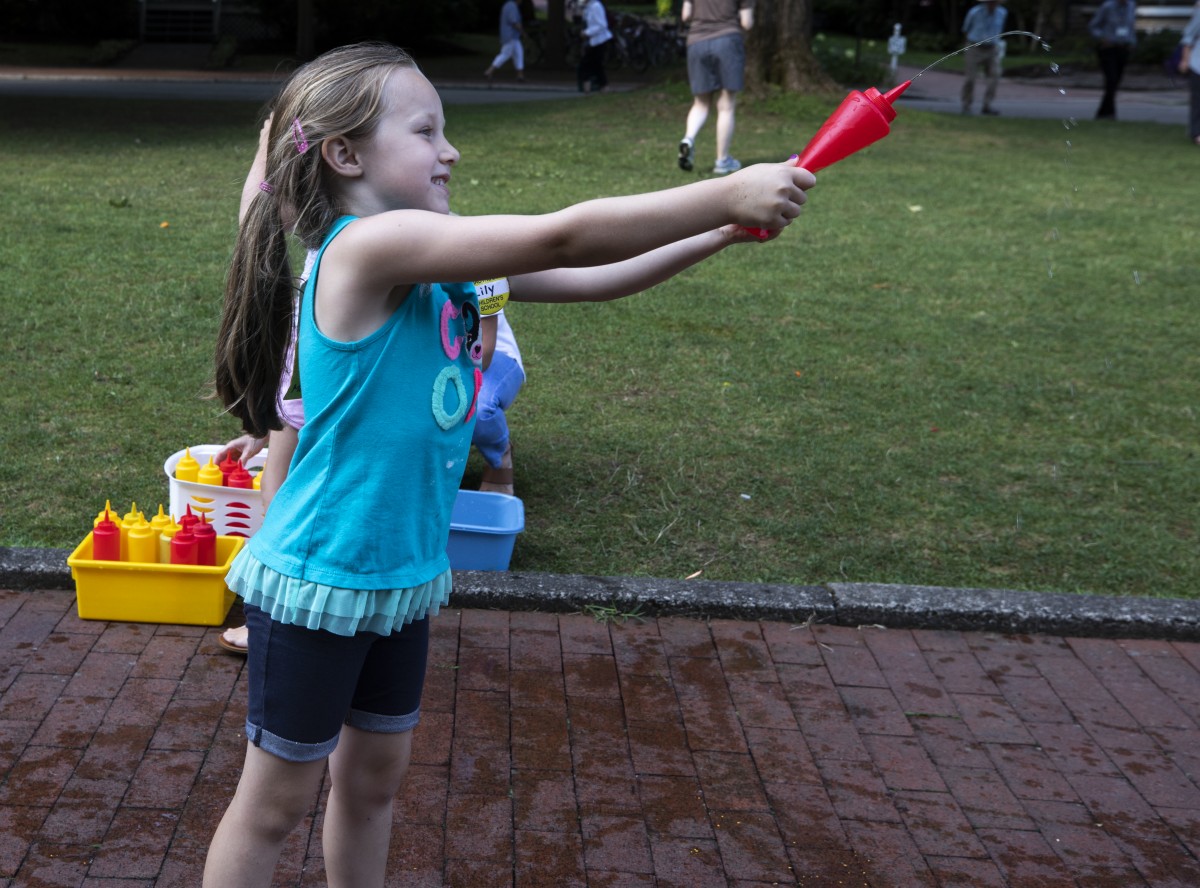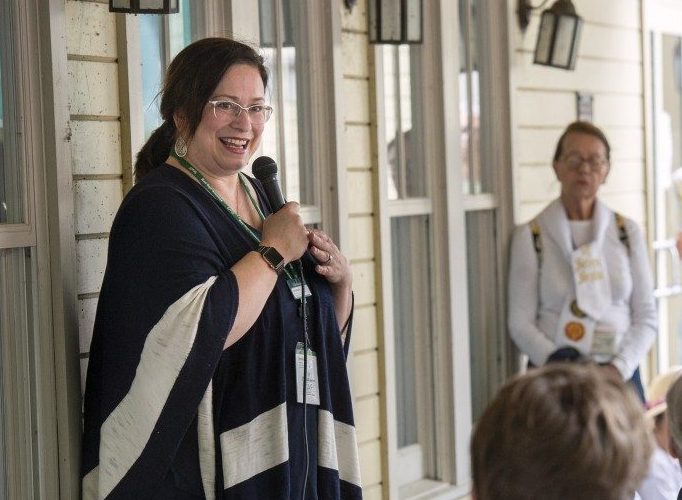
There is a stigmatized, misunderstood word that starts with the letter “s”: suicide. Some people are apprehensive to discuss it; but in her documentary “The S Word,” filmmaker Lisa Klein does just that.
“The S Word” will be screened at 12:30 p.m. Thursday, Aug. 23, at Chautauqua Cinema, and Klein will lead a talkback following the film.
A group of Chautauqua administrators first saw the film at the 42nd Cleveland International Film Festival. Institution leaders attended, promoting this week’s Food & Film Festival and “identifying filmmakers, like Lisa Klein, to come participate” in the festivities, said Chief of Staff Matt Ewalt.
Klein herself lost her father and brother to suicide, and “The S Word” was a way for her to grapple with the “whys” that came along in her grieving and confusion.
“When I was going through this, I thought I was the only one. Things were definitely shrouded in secrecy,” Klein told the Detroit Free Press. “I just feel like there’s so many stories out there.”
“The S Word” tells six different stories of people who were affected by suicide.
Dese’Rae L. Stage attempted suicide when she was 23, after growing up knowing two other people who died by suicide. Stage combined her past and her love for photography to create Live Through This. The interactive website lets people affected by suicide tell their stories.
One story in “The S Word” shows the first time a mother tells her son that she attempted suicide, and another follows parents who lost their son to suicide.
“There is no more highly charged personal issue for me, and for that reason I am driven to document it and open a much needed conversation,” Klein wrote in her director’s statement on “The S Word” website. “It is time for us to boldly talk about suicide because no family should have to experience that which radiates outward for generations to come.”


